Juniper is a fairly widespread plant that decorates the gardens already an innumerable number of years. This genus of cypressive is known under a rather interesting name - Versere. If you proceed from a scientific approach to the naming of this plant, the juniper is customary called - Archa (Turkic name).
Juniper description
It is worth starting from the fact that this plant is rather unpretentious to the habitat and therefore is a favorite among the Gardeners of the entire CIS. Along with this, it has an exquisite odor and causes association with coniferous forest vegetation.
Juniper - a representative of evergreen plants, represents a bush of 1-3 m in height, or a tree 7-13 m. Crazy dark gray, needle from sIZO-blue to bright green and yellow. It has a barbed shell with a pronounced smell. Paul plants are distinguished by female and male cones, which, after fertilization, grow in shishko-Yagoda.
The plant loves light, steadily drought and does not require excessive preheat To the soil, but it grows best on light and nutritional soil. The life of the juniper bush can reach 600 years. In no case should not trim it or tear, the vesicles are almost impossible to recover in growth. Many species of this plant are listed in the Red Book. Juniper varieties vary depending on the place of origin and climate.
In the environment, the plant is distinguished by phytoncides - substances that suppress and destroy most microorganisms. If you get into the grove juniper, you will breathe practically sterile air free from bacteria and microbes.
Spectrum of juniper
The plant is used both in garden and park needs and in forestry as stripper Soil.
It has a wide range of applications:
- boiled beer;
- make wine, vodka, gin;
- sugar mining;
- spices are made;
- spices;
- essential oils.
Juniper ordinary, has many subspecies and shapes. It turns out an excellent marinade for meat, the veins not only improves taste, but also fully reveals all the subtleties. It combines well with lamb, pork and in the production of confectionery products.
Therapeutic properties of juniper
Since ancient times, juniper is considered a powerful medicinal plant.
- Roots are treated with tuberculosis, ulceration, bronchitis, skin disease.
- The bumps are extensively used in medicine.
- Berries have diuretic, choleretic, antimicrobial and expectorant effects.
- Treats dental pain, improves the heart of the heart, removes swelling, normalizes blood pressure.
- Contraindicated pregnant hypertensive, A. Also people with kidney disease.
- The percentage of vitamin C is equal to the content of it in the lemon.
Juniper. Landing and care
Important rules
- Not Each plant will endure the juniper in the neighborhood.
- Split Shining is much more efficient than growing from seeds. But so that the cuttings take care of, you need to invest a lot of patience, strength and knowledge, how to put Archa correctly. Sometimes the rooting process can last about 2 years.
The soil
- In the spring you need to eat the soil, filling it into it nitroammophos (about 40-50 grams per square meter).
- Before boarding juniper into the ground, you should make a good drainage system, because it does not tolerate the accumulation of excess moisture. Excessive water in the soil leads to rotting the root system and the death of the plant. To avoid this situation, it is necessary to properly prepare the place of cultivation. Layer of clay and sand (about 20 cm), we fall asleep with a layer of Earth 40-60 cm.
- In the preparation of the soil, the perfect mixture: earth, sand, peat in a 1: 1 ratio.
- Two weeks later (when the land of the village), we abundantly water the soil.
The preparation procedure at this stage is absolutely not complex in comparison with many other conifers. It is strictly necessary to ignore the preparation stage. Compliance with all rules will ensure high growth intensity and the absence of a micronutrient deficiency required for nutrition.
Recommended climatic conditions
- The landing place should be sunny, in the extreme case it will fit the half.
- Juniper is unpretentious to drought, but if you want to get a good result, it is recommended to spray the crown to your seedling. It is best to do this in the morning and no more than once every 10 days.
- In the fall, juniper should begin to prepare for winter. Remove dry branches, inspect the presence of pests and neutralize the soil around the bush with a burglar fluid solution. T. to juniper It grows very slowly, you must carefully cut only dry twigs.
- In order for the planted plant to survive the winter, it must be hidden, but it is necessary to do it only in the first year of planting.
- If the plant has a big krone, tie your bush with a rope for winter, for a prosperous wintering.
- In the spring at a distance of 30-40 cm from the trunk, make a trench around your bush. Before autumn, new shoots will appear inside the coma and, if necessary, the procedure will be as much as possible.
Reproduction
Such a technique provides a higher growth rate compared with germination from seeds. You are guaranteed to get a plant of the same type as the source of the cloning material.
The best period for shilling is autumn.
- The cutting of 20 cm with a size of 20 cm to 40 cm should be separated from the parent plant with a blade pre-disinfected with alcohol-based solution. Preferably cut down the lower branches of the plant.
- Processing stimulants that contribute to acceleration root formation. Powder is perfect “Kornin”.
- Place the clone in a small greenhouse. As a soil, use the ground with peat, in a 1: 1 ratio.
If you decide to buy juniper with an already developed root system, well inspect the instance for the state of the seedlings. If the needle looks sluggish, it is better to abandon such an acquisition.
To plant juniper seeds need:
- Signifying seeds - you can lose between two sheets of sandpaper.
- Seed seeds in land boxes
- Stratify (subjected cold processing). Remove boxes in the garden and store about 4-5 months under the snow.
- In May, sow seeds in a garden to a depth of 2-3 cm.
- Mulch the bed, water as needed.
- During the first two weeks, we cover the beds from sunlight, loose and wean from weeds.
- In age 3x You can transplant seedlings with a lore of the land in a new permanent place of growth.
Disembarking
- We are preparing a hole, which should be twice as the size of the saplings itself.
- Recommended landing seedlings, minimum 3 years.
- Immediately after the transplantation, plenty of veres around the trunk.
- It is best to plant juniper with a closed root system. In case the rhizomes are open, then the best time to disembark cutting - it is april MayWhen the weather is moderately wet.
- After planting, we mulch the soil - wech the soil with any breathable material, for example peat or foliage. The mulch layer should be about 10 cm.
Fighting diseases and pests
Juniper most often suffers from fungal disease, which looks like rust and manifests itself on shoots, needles and branch. The bark dries, the needles become brown and creepy. However, this is not the only problem with which the gardener may encounter when growing of the versa.
Rust juniper
- Basic signs: The trunk is covered by abundant swollen, the bark slowly devies and the wounds are formed in the form of cracks of brown.
- Prevention and treatment: an ideal solution to avoid infection, do not squeeze near pink color Cultures of plants. In case of occurrence, the affected branches are removed and destroyed away from juniper. In the places of sections, to carry out disinfection with copper vitrios in 1% concentration.
Fusarium withering
- Main features: oznikaet during infection by the fungus. The spread of the disease in the root system, blocking absorption of nutrients. Manifests as yellowing and shedding of needles and twigs of the plant. At risk are young seedlings. Quickly identify the spread of the disease is extremely difficult, due to the manifestation of symptoms in the first place on the rhizome.
- Prevention and Treatment: disinfection of the soil before planting in the ground. Unfortunately during infection, a plant to be destroyed, together with the root system.
Alternariasis
- Main features: a fungal disease type. Manifests itself in the form of circular spots of plaque, preferably a dark color. Damages in the main branch, but can be detected and coniferous plant parts.
- Prevention and treatment: the destruction of damaged parts of the plant and disinfection procedures.
brown Schutte
- Main features: first of all occurs in plants in highly humid areas, mostly in the shade. Veres becomes dark brown in color. The causative agent of the disease is a fungus.
- Prevention and treatment: to disinfect the soil and plant surface. All damaged and fallen parts of the plant to burn away from the site.
Insect
Aphid juniper
- Main characteristics: pest actively sucks the juice from the plant, thereby it interferes with the absorption and slows the growth of. The first settles on young shrubs and saplings.
- Prevention and treatment: for the destruction is recommended to use specialized agents. Suit available in every store products for pest control - konfidor and Calypso.
European juniper shield
- Main features: actively apply to all varieties of plants. Damage the buds and berries. Needles starts to get brown hue and slows growth.
- Prevention and treatment: very difficult to be displayed. With regularity 1 every 2 weeks, process plant Calypso solution, or Akhtar konfidor.
mole juniper
- Key features: on the surface Veres formed clusters of cobwebs. The plant is practically ceases to grow, and in the case of young plants - actively fade.
- Prevention and treatment: drugs must be processed by analogy with the previous threat.
mealy worm
- Basic signs: Significant cracks appear on the cortex, which are gradually moving to the surface of the branches. In case of damage to torment worm, the plant is very susceptible to fungal varieties of diseases. If you do not carry out preventive work, juniper with time black and dying.
- Prevention and treatment: very difficult to display. For extermination it is necessary to process the plant by the drug Enegio, with regularness 1 time in 10 days, until the end of the destruction of the pest.
Varieties and types of juniper
Juniper Plant that grows in the form of bushes and trees has a huge number of subspecies and places of origin. I will tell you about the most interesting of them that affect completely different forms and are not as much as possible.
- Juniper blue.A variety of juniper with shoots that make up and form an irregular shape in the form of a pillow. Color of this junizhel Pretty specific - silver-blue. Like any junivel not demanding to climate, grows with arid weather and stable cold. Excellent choice for decorating a garden or pot plant. In the garden, the plant charmingly looks against the background of white snow. Good use to cover the soil and protection against cold weather.
- Juniper Cossack. Resistant to drought and hot climate. Twigs of such juniper are covered with coniferous scales, which are very rich in essential oils. Good weapon against moli! It has a pronounced pleasant smell. It is plentiful in gardening due to its picturesque branches and unpretentiousness. Be careful, the branches of this junizhel Can be toxic.
- Juniper rock. A plant that grows in nature in the form of a tree can reach up to 10-12 meters in height. Refers to the family of cypress. Perfectly transform your garden. Often use for decoration Park zones and streets. It's not just beautiful plant No. and useful, t. k possesses Healing phyto properties And favorably affects the respiratory system. Like any juniper, this kind is badly experiencing when water is stared in the roots, so it is better to plant in a dry place with good drainage and protected from the wind. The soil should be unsalted otherwise the tree will just perish. When disembarking in an open area, the first time of the cuttings need soil looser.
- Juniper Chinese. Reaches a height of 20-25 meters. The birthplace of the plant is China, as follows came the name. Young shoots grow quite slowly, but over time gaining pace. It is best to plant in the sunny garden areas, as if planted in the shade of pine needles may fall off the stalk and stop growing. Watered no more than once a month.
- Juniper horizontal. It has its roots of origin in the US and Canada. If the humidity is moderate, additional watering such a bush is not required. Natural habitat are sandy beaches in the great lakes. Due to the fact that this species grows in the form of a bush creeping along the ground, it is often called a flat. Rich green needles or blue-gray. Like any Juniper quite a bit picky and difficult to take root when transplanting. It grows well on condition that the air in the locus wet.
- Juniper scaly. Dense shrub with creeping forms. The origin dates back to East Asia. Not enough hardiness to cold weather, frost needles become brown and fray. It has a large number of forms and types of gardening (70).
- Juniper gold.Great view, which is suitable for decorating any garden to create hedges. The maximum height - 1 meter.
fertilizer juniper
Despite the fact that coniferous absolutely require regular fertilizing, to accelerate the establishment and maintenance of high growth rates, it's worth to give this process some time.
To ensure juniper with all necessary nutrients for several years, Ideal compost or vermicompost. Decompose organic fertilizer on the surface layer of 5 cm and mixed with the soil. In this way you will ensure supply of trace elements at every watering. Strongly recommended to abuse fertilizers, due to the fact that in this case you run the risk of burn and injure the root system of the plant.
Definitely worth avoiding fertilizers with high nitrogen content. When an excess of this trace element, juniper are more likely to receive an overdose, the effects of which can kill the plant or to stop it completely in growth. Avoid such stresses.
Precautionary measures
Work with juniper better gloves, t. to sap Juniper is an allergen and can cause skin irritation due to the content of toxins.
In the presence of contraindications, categorically do not take products of juniper.

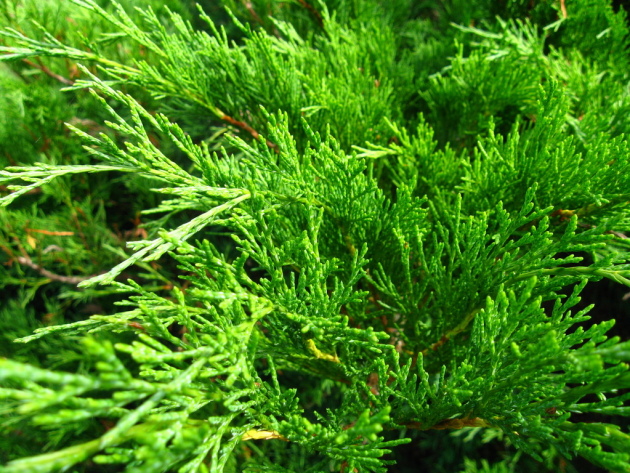

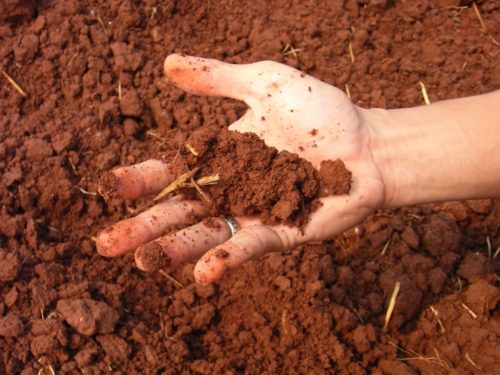
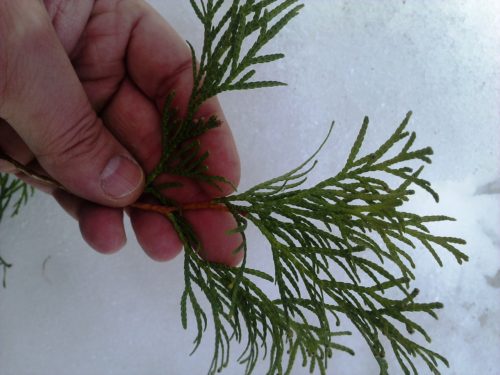
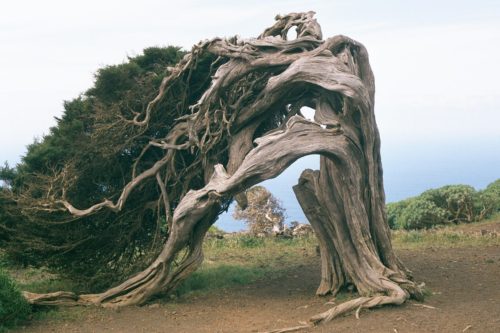
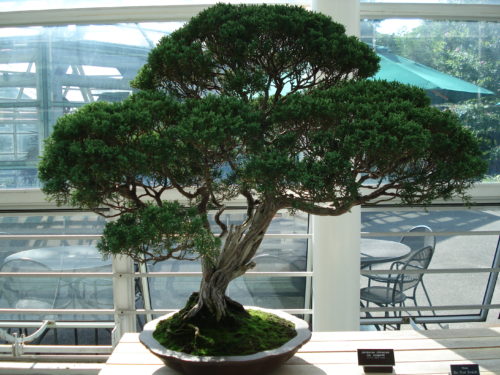
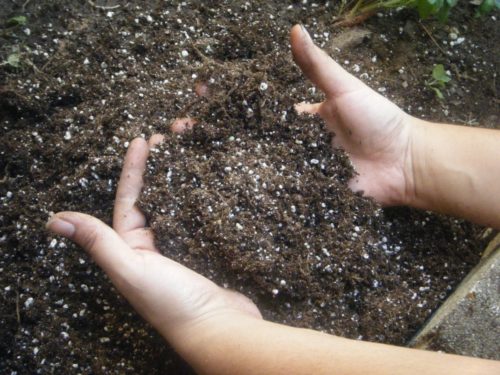
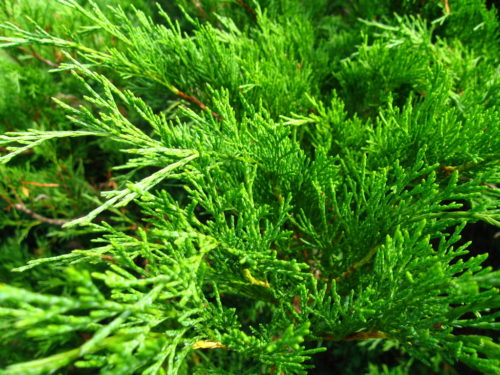
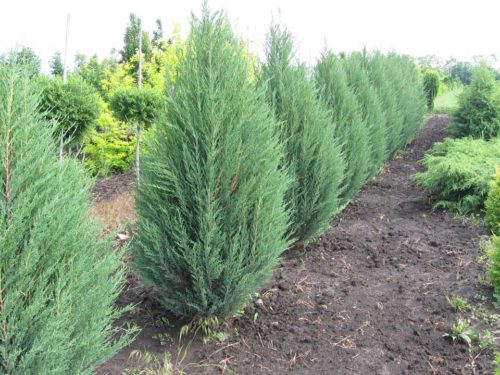
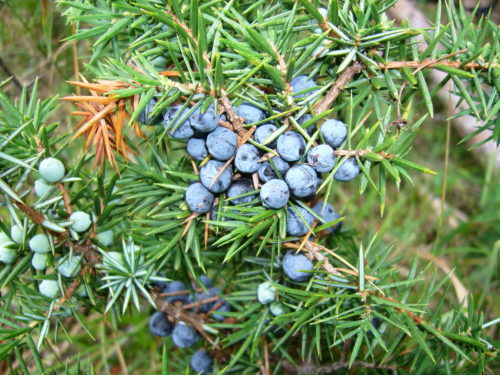




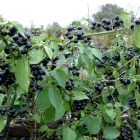
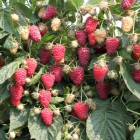
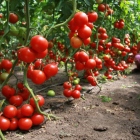
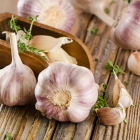
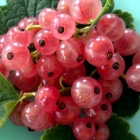
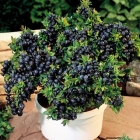
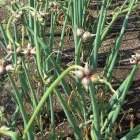
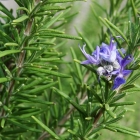
 Start a discussion ...
Start a discussion ...